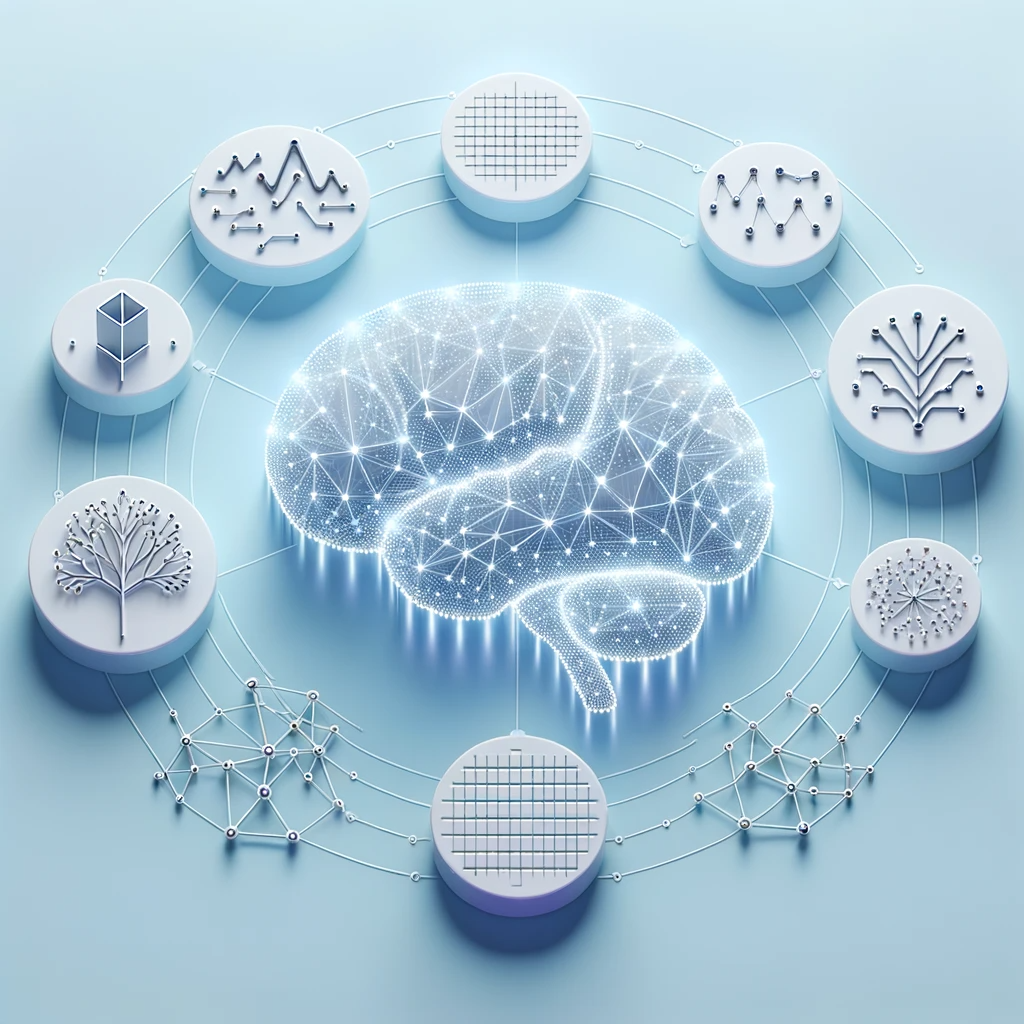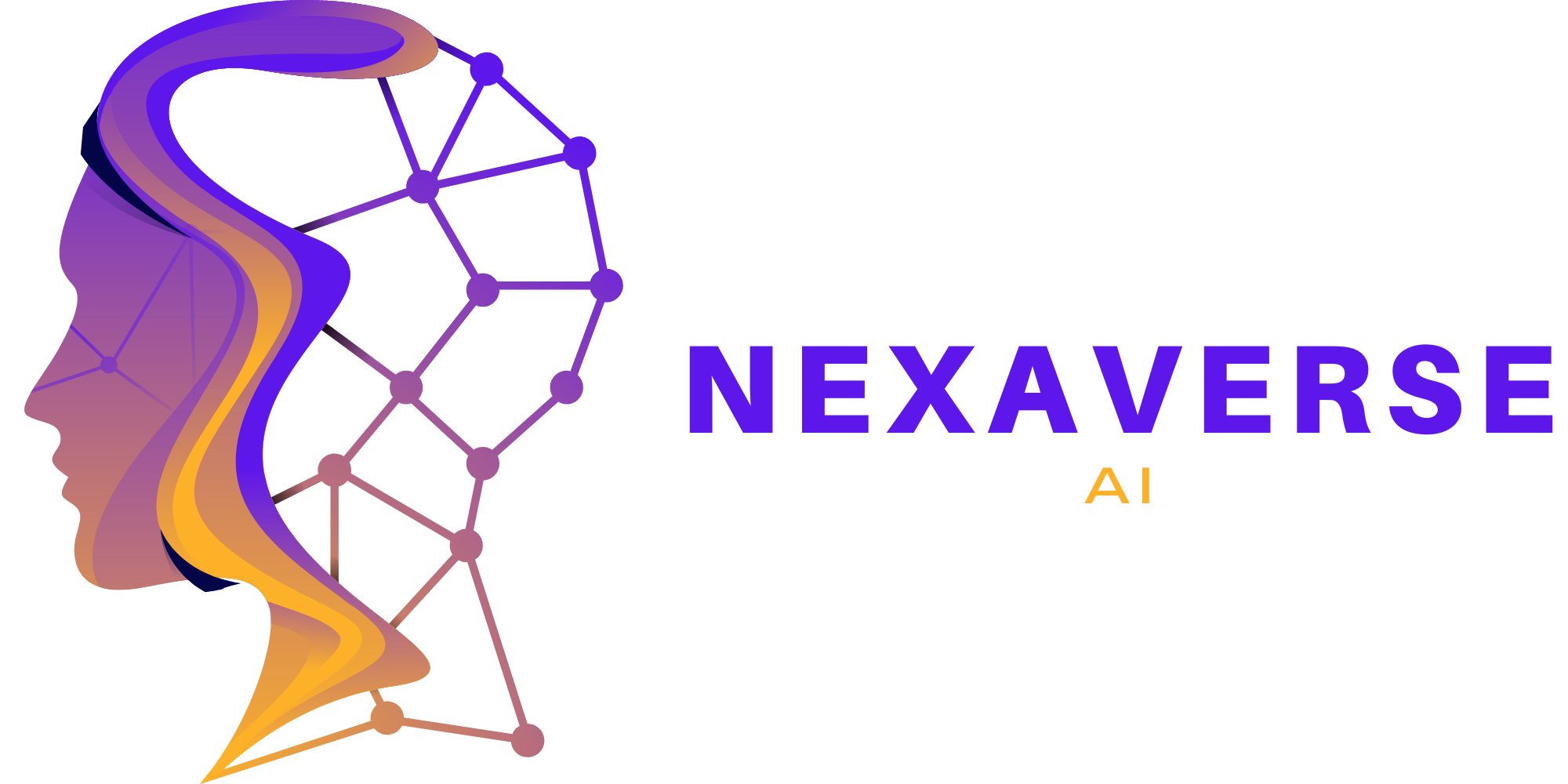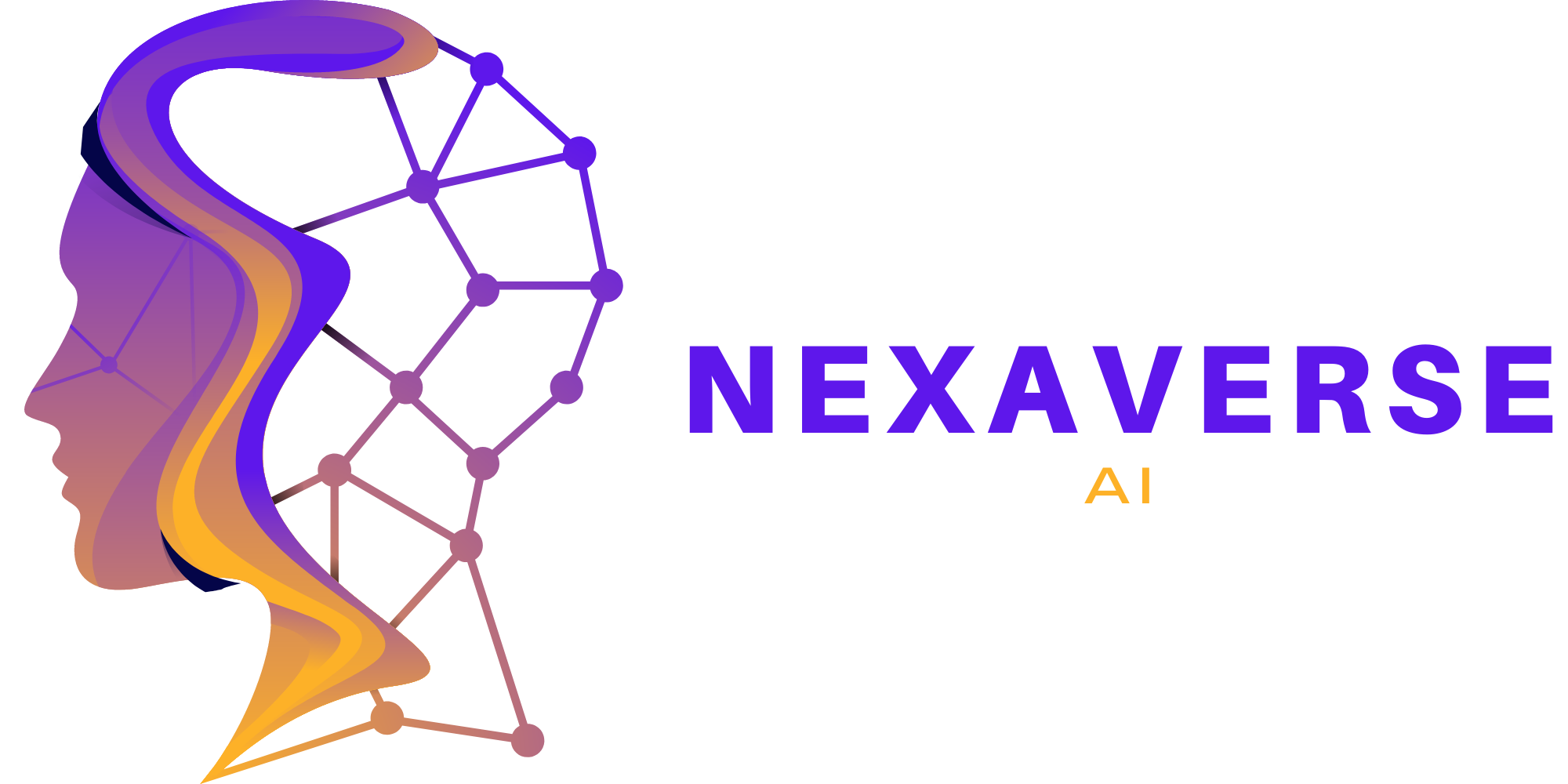Demystifying Machine Learning Algorithms: A Comprehensive Guide
In this comprehensive guide, we dive deep into the world of machine learning algorithms, exploring their functionalities and applications. Understand the key algorithms and their applications in various domains.

Understanding the Key Algorithms in Machine Learning
Machine learning algorithms are the backbone of any ML system. They enable computers to learn from data and make predictions or decisions. In this comprehensive guide, we will dive deep into the world of machine learning algorithms, demystifying their functionalities and exploring their applications. Whether you're a beginner or an experienced practitioner, this guide will provide you with a solid understanding of the most important algorithms in machine learning.
Let's embark on this exciting journey of discovery together!
Linear Regression: The Foundation of Supervised Learning
Linear regression is a fundamental algorithm in supervised learning, used for predicting continuous values based on input features. It forms the building block for more complex algorithms and is widely employed in various domains, including finance, healthcare, and marketing.
Key Points to Remember:
Linear Regression
- is a supervised learning algorithm used for predicting continuous values.
Applications:
- Finance, healthcare, marketing.
Decision Trees: Intuitive and Interpretable
Decision trees are versatile algorithms that can handle both classification and regression problems. They mimic human decision-making processes, making them intuitive and interpretable. Decision trees have found applications in areas such as customer segmentation, fraud detection, and medical diagnosis.
Key Points to Remember:
Decision Trees
- are versatile algorithms that can handle classification and regression problems.
Applications:
- Customer segmentation, fraud detection, medical diagnosis.
Support Vector Machines: Powerful Boundary Definers
Support Vector Machines (SVMs) are widely used for classification tasks. They excel at finding optimal decision boundaries between different classes, making them suitable for applications such as image classification, text classification, and bioinformatics.
Key Points to Remember:
Support Vector Machines (SVMs)
- are powerful algorithms for classification tasks.
Applications:
- Image classification, text classification, bioinformatics.
Random Forests: Harnessing the Power of Ensemble Learning
Random forests combine the predictions of multiple decision trees to make more accurate and robust predictions. They are known for their ability to handle high-dimensional datasets and complex problems. Random forests have been successfully applied in areas such as credit scoring, remote sensing, and anomaly detection.
Key Points to Remember:
Random Forests
- combine the predictions of multiple decision trees for better accuracy and robustness.
Applications:
- Credit scoring, remote sensing, anomaly detection.
Machine learning algorithms are the driving force behind the success of many AI applications. In this comprehensive guide, we have explored some of the key algorithms in machine learning, including linear regression, decision trees, support vector machines, and random forests. Each algorithm has its strengths and applications, and understanding their fundamentals is crucial for any aspiring ML practitioner. Armed with this knowledge, you can now dive deeper into the world of machine learning and leverage these algorithms to solve complex problems and unlock new possibilities. Happy learning!
Frequently Asked Questions (FAQs)
Q. What are the most commonly used machine learning algorithms?
A. Some of the most commonly used machine learning algorithms include linear regression, decision trees, support vector machines, random forests, k-nearest neighbors, and neural networks.
Q. Are there any algorithms specifically designed for unsupervised learning?
A. Yes, there are several algorithms designed for unsupervised learning, such as k-means clustering, hierarchical clustering, and principal component analysis (PCA). These algorithms are used when the data is unlabeled or when the goal is to discover hidden patterns or structures in the data.
Q. Which algorithm should I use for my specific problem?
A. The choice of algorithm depends on various factors, including the type of problem (classification, regression, clustering), the nature of the data, and the available computational resources. It is important to experiment with different algorithms and evaluate their performance before deciding on the most suitable one for your specific problem.
Q. Do I need to have a strong mathematical background to understand machine learning algorithms?
A. While a strong mathematical background can certainly be advantageous in understanding the underlying principles of machine learning algorithms, it is not a strict requirement. Many libraries and tools provide high-level abstractions that allow users to implement and utilize these algorithms without delving too deep into the mathematical details. However, having a basic understanding of concepts like linear algebra, calculus, and probability can greatly enhance your understanding of machine learning.
Q. Where can I learn more about machine learning algorithms?
A. There are numerous online resources and courses available for learning machine learning algorithms. Websites like Coursera, Udacity, and edX offer comprehensive courses taught by experts in the field. Additionally, there are several books and tutorials that provide in-depth explanations and practical examples of machine learning algorithms. It's important to choose resources that align with your learning style and cater to your specific goals.
Remember, machine learning algorithms are just tools in your toolbox. Understanding their strengths, limitations, and appropriate use cases is essential for successful implementation.
Experimentation and continuous learning are key to mastering machine learning algorithms. Don't be afraid to explore and try different approaches to solve problems.


